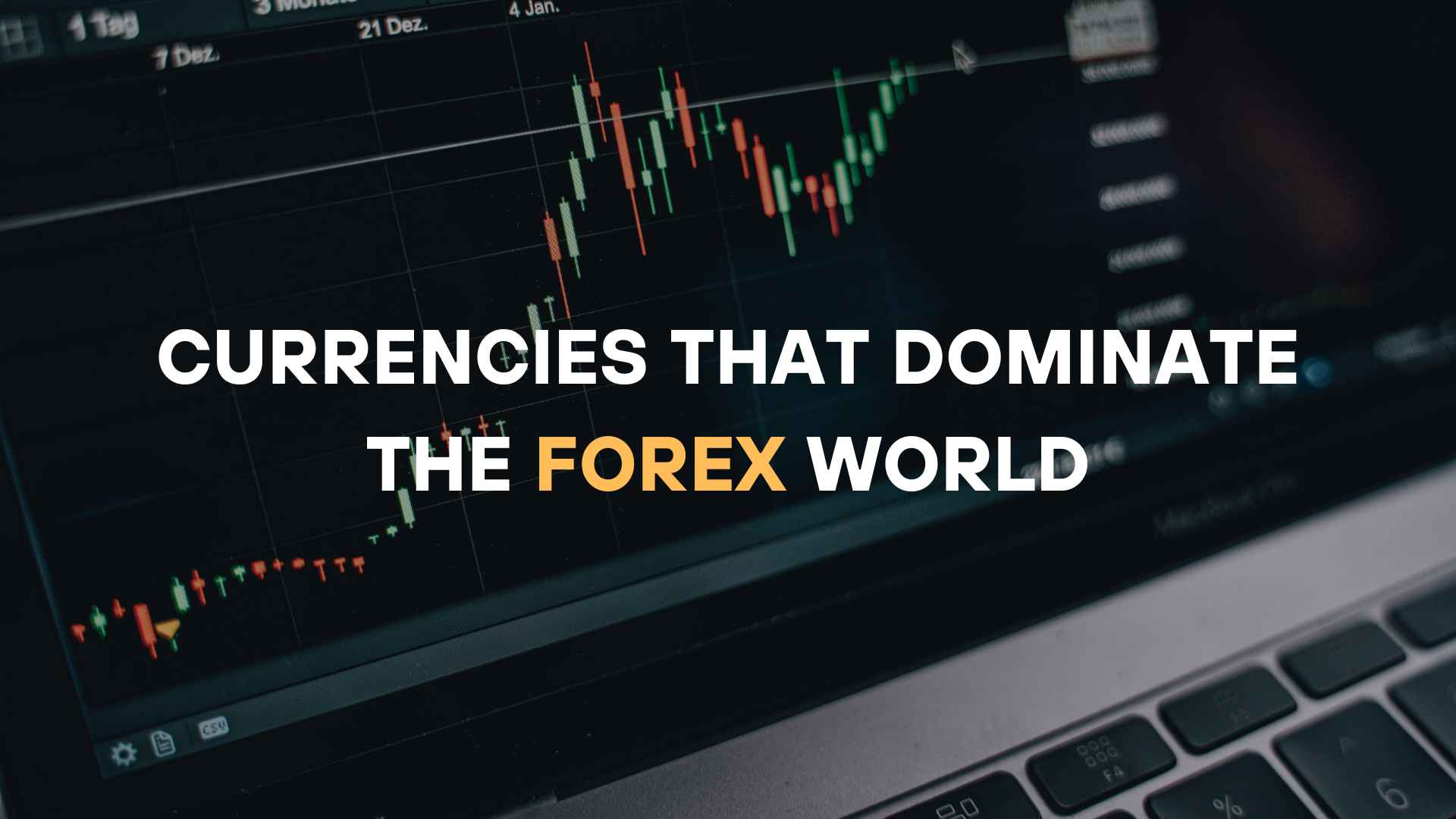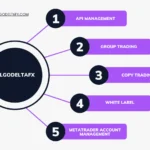
The forex market, with daily trading volumes expected to surpass $838 billion by 2025, is dominated by six major currencies: the U.S. dollar, euro, British pound, Japanese yen, Australian dollar, and Canadian dollar. 🌍💸 Despite 161 global currencies, these six remain central to forex activity due to their liquidity, stability, and market influence. Let’s examine what sets them apart and why they drive the majority of forex transactions.
1. The U.S. Dollar: The King of Forex
The U.S. dollar, or the “greenback,” is the world’s most traded currency. It pairs with every major currency and often acts as a bridge in triangular trades. Here’s why:
- Global Reserve Currency: Almost every central bank and financial institution holds the U.S. dollar as a reserve currency.
- Benchmark Role: Many countries peg their currencies to the dollar to stabilize exchange rates.
- Commodity Standard: Commodities like oil and gold are priced in dollars, linking their values to the currency’s strength.
Some countries even use the dollar as their official currency (“dollarization”) or accept it alongside their local currencies. Its influence extends beyond forex, making it the backbone of global finance.
2. The Euro: A Political Powerhouse in Forex
The euro is the second most traded currency after the dollar. Introduced in 1999, it’s the official currency of the eurozone, encompassing 19 European countries.
- Stabilizing Force: Several European and African countries peg their currencies to the euro, similar to how others peg to the dollar.
- Forex Liquidity: Its wide use across borders adds liquidity to currency pairs like EUR/USD.
- Political Sensitivity: The euro’s value often reflects the political and economic stability of the eurozone, making it a favorite among speculators.
3. The Japanese Yen: Asia’s Forex Champion
The yen is Asia’s most traded currency and represents Japan’s manufacturing-driven economy. But it’s more than just a measure of Japan’s strength:
- Proxy Currency: Traders use the yen to gauge the health of other Asian economies like South Korea and Thailand.
- Carry Trade Favorite: Thanks to Japan’s historically low interest rates, traders borrow yen to invest in higher-yielding currencies. This strategy heavily influences the yen’s value.
- Interest Rate Ties: Its close ties to global interest rates make it unique among major currencies.
4. The British Pound: The Sterling Standard
The British pound, or pound sterling, ranks as the fourth most traded currency. Despite the U.K. being part of the EU (before Brexit), it retained the pound rather than adopting the euro.
- Symbol of Independence: The U.K. preserved the pound to maintain control over domestic monetary policy.
- Economic Indicator: Traders view the pound as a direct reflection of Britain’s economy and political stability.
- Reserve Currency: Due to its historically high value, the pound is a popular reserve currency.
5. The Australian Dollar: The Commodity Currency
Known as the “Aussie,” the Australian dollar thrives on the nation’s resource-driven economy.
- Commodity Influence: Major exports like coal, iron ore, and petroleum tie the Aussie’s value to global commodity prices.
- Popular Pairing: The AUD/USD pair accounts for over 6% of global forex trading volume.
- Asia-Pacific Leader: As a key player in the region, it often mirrors Asia-Pacific’s economic trends.
6. The Canadian Dollar: The Loonie with a Commodity Twist
Nicknamed the “loonie,” the Canadian dollar is another commodity currency closely linked to resources like crude oil and precious metals.
- Oil Connection: Since Canada is a major oil exporter, fluctuations in crude prices directly impact the loonie.
- Hedging Tool: Traders often use the Canadian dollar to hedge against movements in commodity markets.
- Close Ties to the U.S.: Given Canada’s economic dependence on the U.S., the loonie often moves in tandem with the U.S. dollar.
How to Trade in the Forex Market
Trading in forex may seem complex, but modern platforms like AlgoDeltaFX have made it easier than ever. Whether you’re an experienced trader or just starting, AlgoDeltaFX offers advanced tools for automating trades, managing accounts, and integrating with platforms like MetaTrader to help you navigate the forex market seamlessly.
- Understanding Forex Pairs: Every trade involves a currency pair like EUR/USD, where you’re essentially betting on one currency’s value against the other.
- No Physical Location: The forex market is entirely electronic, allowing 24/7 trading worldwide.
- Leverage and Risks: While forex offers opportunities for high returns, it’s crucial to understand the risks, especially with leverage.
The Bottom Line
If you want to succeed in forex, understanding these six currencies is crucial. From the dominant U.S. dollar to the commodity-driven loonie, each currency has unique traits and influences. Whether you’re a beginner or a seasoned trader, knowing what moves these currencies can make all the difference. 🌟
Ready to master forex trading? Platforms like AlgoDeltaFX can provide the tools and insights you need to elevate your trading strategies. Stay tuned to our blog for more tips and strategies! 🚀
Disclaimer: The information provided in this blog is for informational purposes only and should not be considered as financial or investment advice. Please do your own research or consult with a professional before making any trading decisions.
source : investopedia

